What is the Difference between a Consumer Proposal and Bankruptcy?
 There is much confusion today regarding the differences between a consumer proposal and a bankruptcy.
There is much confusion today regarding the differences between a consumer proposal and a bankruptcy.
They both fall under the Bankruptcy and Insolvency act and allow you to extinguish unsecured debts but there are some very important differences which I have illustrated below:
Consumer Proposal
A consumer proposal is an offer you can make to your creditors to pay off the debt as an interest free payment over a period of up to 5 years. Very often your creditors will accept less than what you owe depending on your financial circumstances. Usually you will need to offer more than what the creditors would have otherwise received had you filed for bankruptcy.
When you file a consumer proposal with a trustee in bankruptcy:
- Your assets are fully protected from your unsecured creditors
- Interest stops on your unsecured debts
- Creditor calls stop
Consumer Proposals can eliminate the following debts:
- credit cards
- personal loans and lines of credit
- over drafts
- Tax and HST
- Student loans more than 7 years old
- Medical services plan
- Mortgage shortfalls
Bankruptcy
When you file for bankruptcy your assets are not protected and are assigned to a trustee in bankruptcy in order to pay off your unsecured debts (subject to exemptions). Also a portion of your income may be taken each month by the trustee in order to pay your creditors.
Unlike a consumer proposal where the agreed monthly payments are fixed, in a bankruptcy your income is monitored and payments to your creditors will be increased if your income increases. Also if you win or inherit money during the bankruptcy period or receive a tax refund then the trustee will take this to pay your creditors. These monies would be protected in a consumer proposal.
In summary a consumer proposal allows consumers to make an offer to their creditors to pay back what they owe through a fixed, interest free, monthly payment while protecting their assets.
In a Bankruptcy assets are not protected and may be seized to pay off unsecured debt and a portion of the debtors` monthly income may be payable to the creditors.
This is a very brief summary but remember professional advice should be sought before making any decisions as to best course of action.





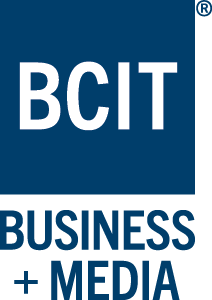







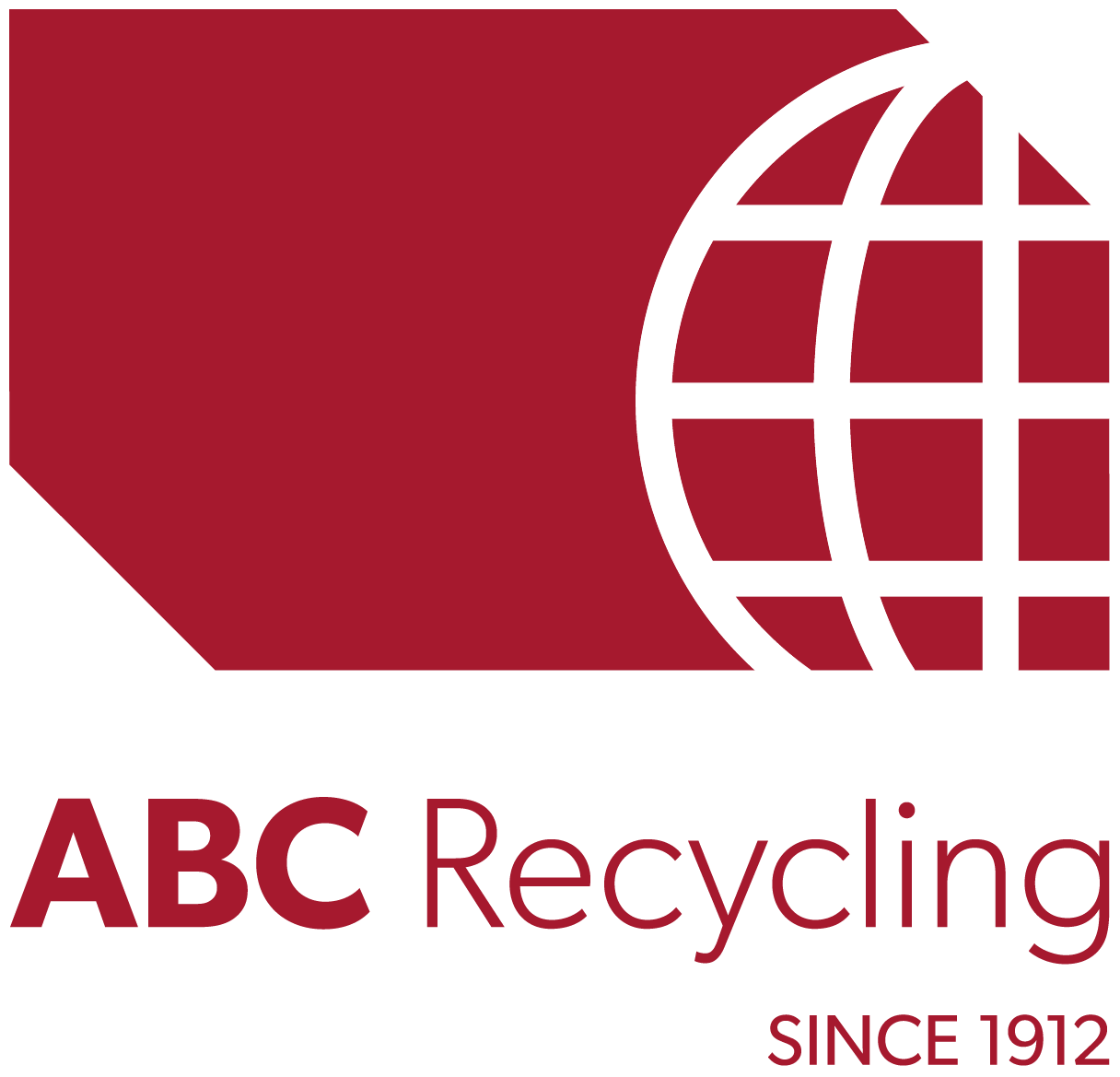

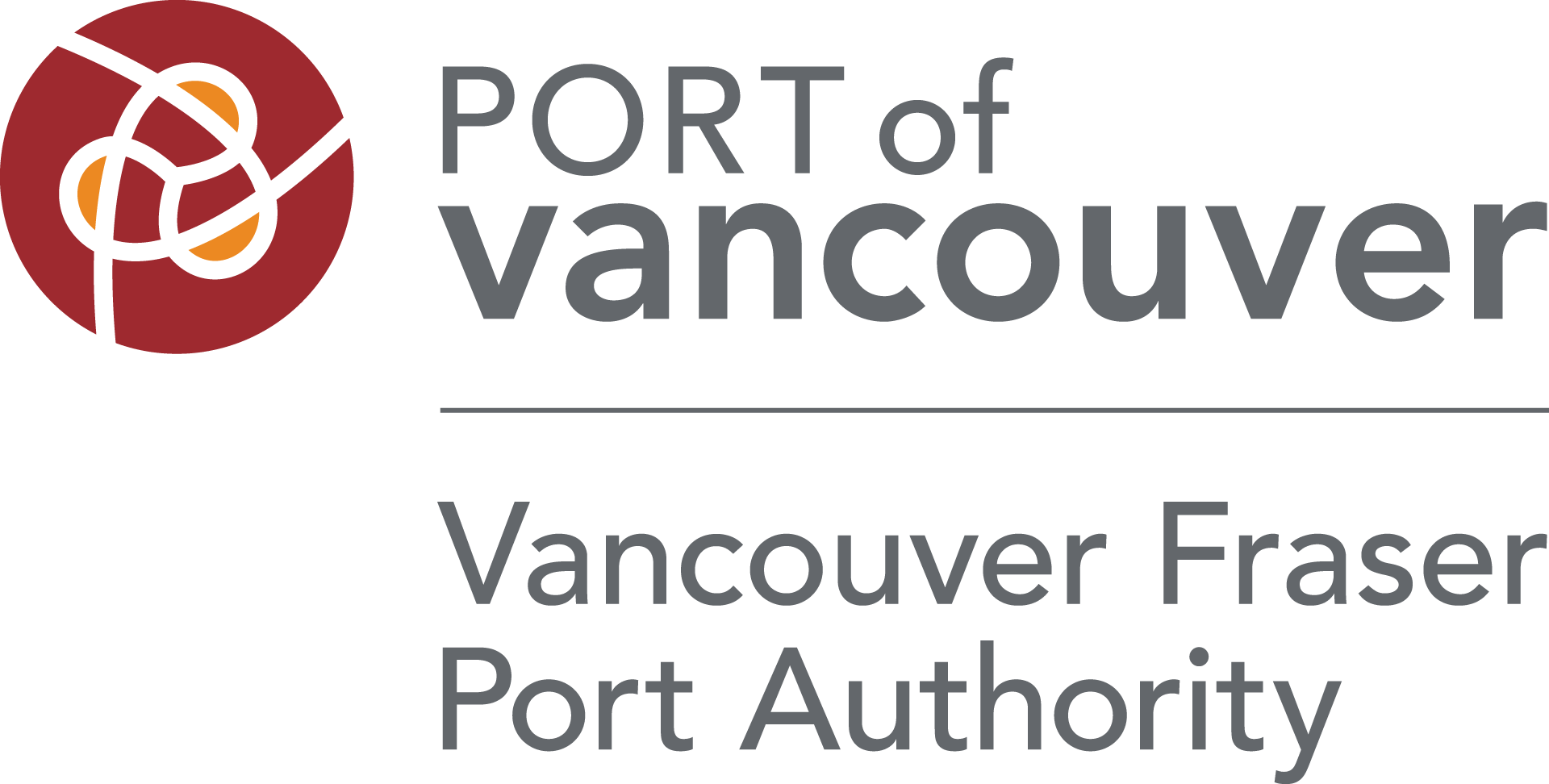

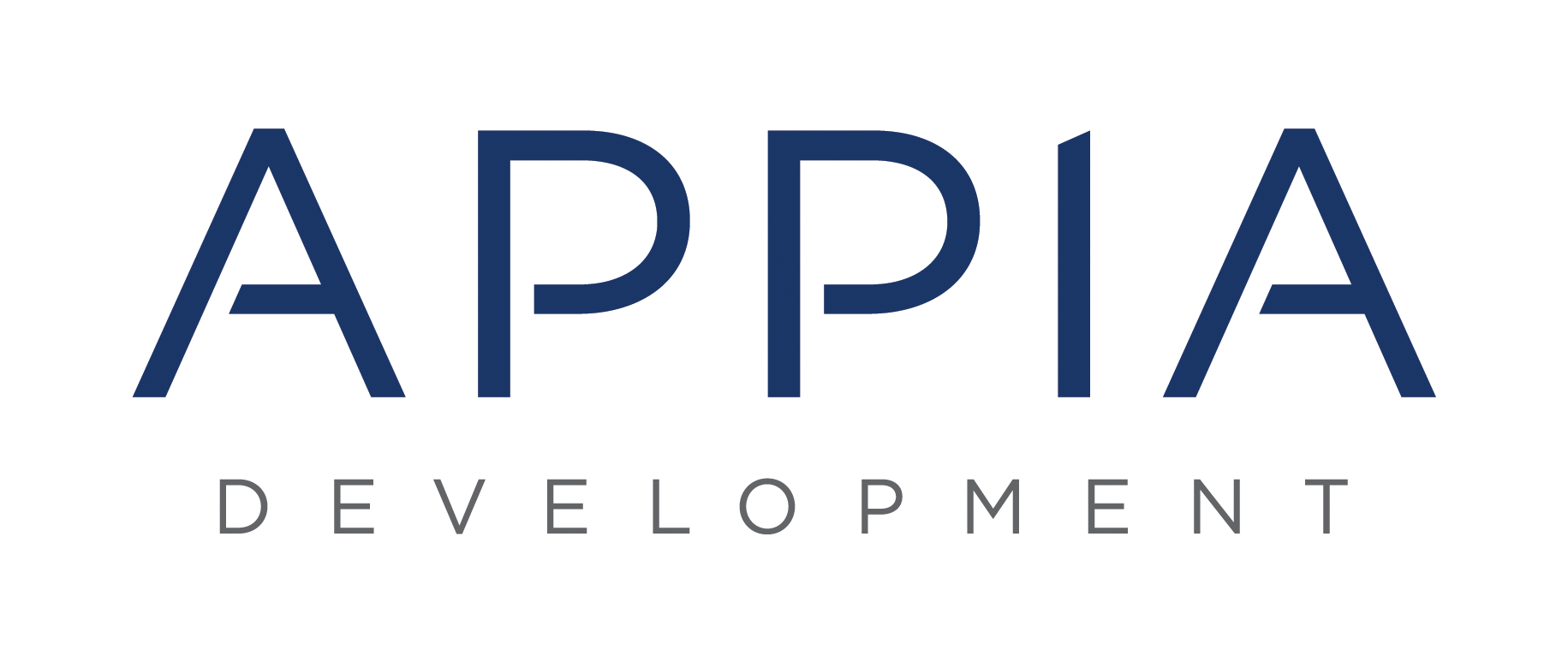
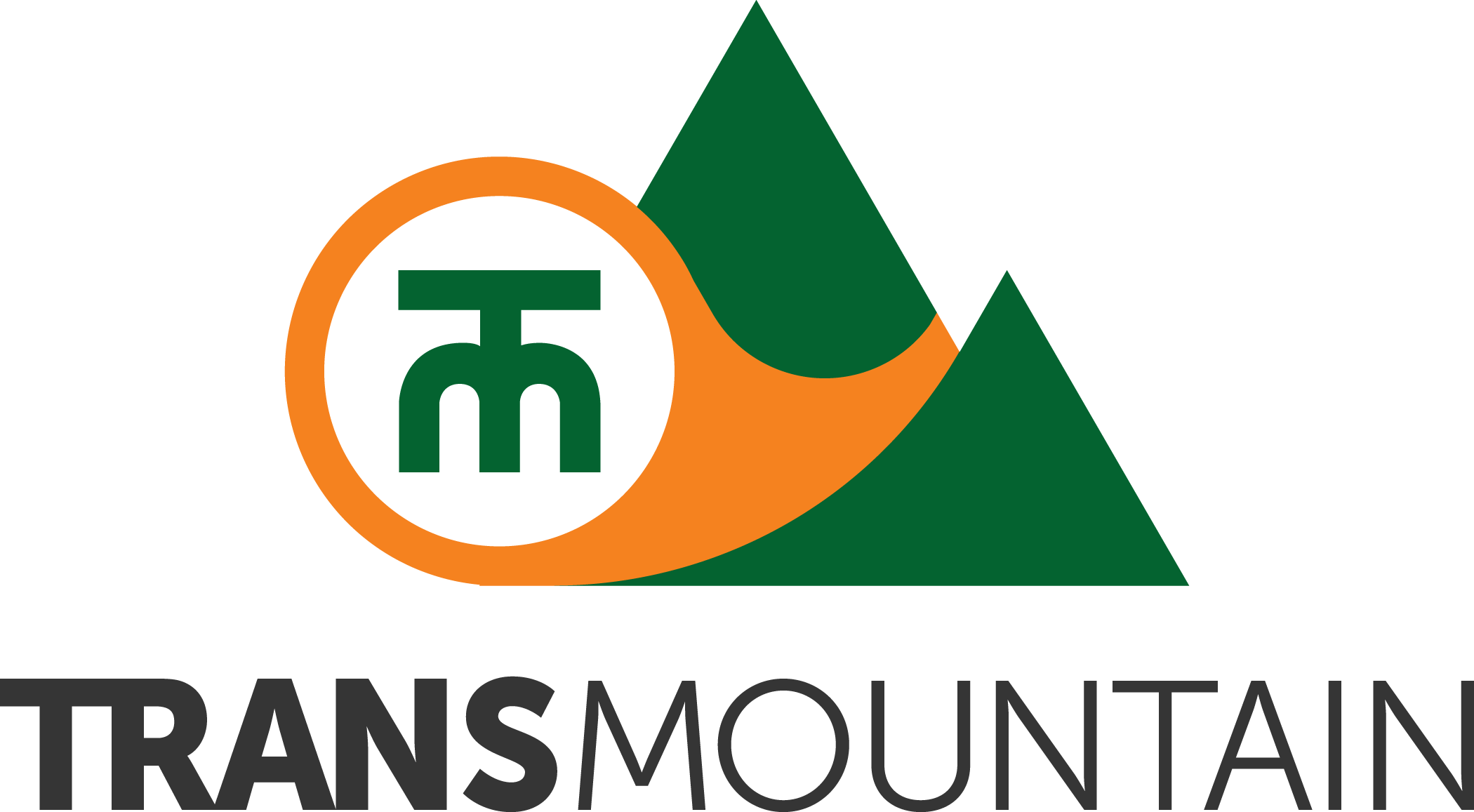

connect with us